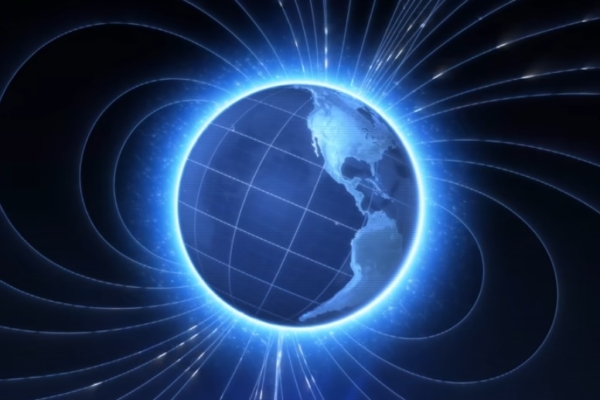Sixty years ago, scientists first proposed the hypothesis of an electric field surrounding the Earth. Now, for the first time, they have successfully detected the Earth’s ambipolar electric field, a weak electric field that covers the entire globe and is deemed as important as the Earth’s gravitational and magnetic fields.
On August 28th, the National Aeronautics and Space Administration (NASA) announced that an international research team, using observations from the agency’s suborbital rockets, had successfully measured the electric field across the entire Earth. This electric field is believed to be just as crucial to Earth as its gravitational and magnetic fields.
In the 1960s, scientists observed a mysterious flow of particles from the Earth’s atmosphere above the North and South Poles into space, known as the “polar wind”. Many of these particles were cold and showed no signs of being heated. This led to the hypothesis that there exists an ambipolar electric field surrounding the Earth, serving as the primary driver of the polar wind.
The results of measurements from NASA’s “Endurance” project rocket now confirm the existence of this ambipolar electric field and quantify its strength. This sheds light on its role in driving atmospheric escape and shaping the ionosphere, the upper atmospheric layer, on a broader scale.
Glyn Collinson, an astronomer at NASA’s Goddard Space Flight Center and the chief investigator of the “Endurance” project, stated, “Any planet with an atmosphere should have an ambipolar electric field. Now we have finally measured it. We can now begin to understand how it shapes our planet and others over time.”
NASA mentioned that understanding the complex movements and evolution of Earth’s atmosphere not only provides clues to the planet’s history but also helps unravel mysteries of other planets, determining which ones may be suitable for sustaining life.
The above research findings were published in the journal Nature on August 28th.
Scientists speculate that the ambipolar electric field likely begins at an altitude of around 250 kilometers above the Earth’s surface, where atoms in the atmosphere split into negatively charged electrons and positively charged ions.
Due to the lightweight nature of electrons, even the slightest energy impact can propel them into space, while ions, being at least 1,836 times heavier than electrons, tend to sink towards the ground. If left to gravity alone, electrons and ions would gradually drift apart over time. However, because they carry opposite charges, they form an electric field that binds them together and counteracts some of the gravitational effects.
The electric field is bipolar, exerting its influence in two directions. As ions sink due to gravity, they pull electrons downward. Simultaneously, as electrons attempt to escape into space, they raise ions to higher altitudes.
The net effect of this electric field extends the height of the ionosphere, allowing some ions to reach heights sufficient to escape into space, ultimately forming the observed polar wind.
Alex Glocer, a scientist from the “Endurance” project, stated that hydrogen ions are the most abundant type of particles in the polar wind, experiencing an outward force from the ambipolar electric field that is 10.6 times the strength of gravity. This force is enough to counteract gravity, even propelling them upward into space at supersonic speeds.
Heavier particles are also affected by this electric field. At the same altitude, the weight of oxygen ions influenced by the field is only half of their original weight.
Overall, researchers discovered that the ambipolar electric field increases the scale height of the ionosphere by 271%.

